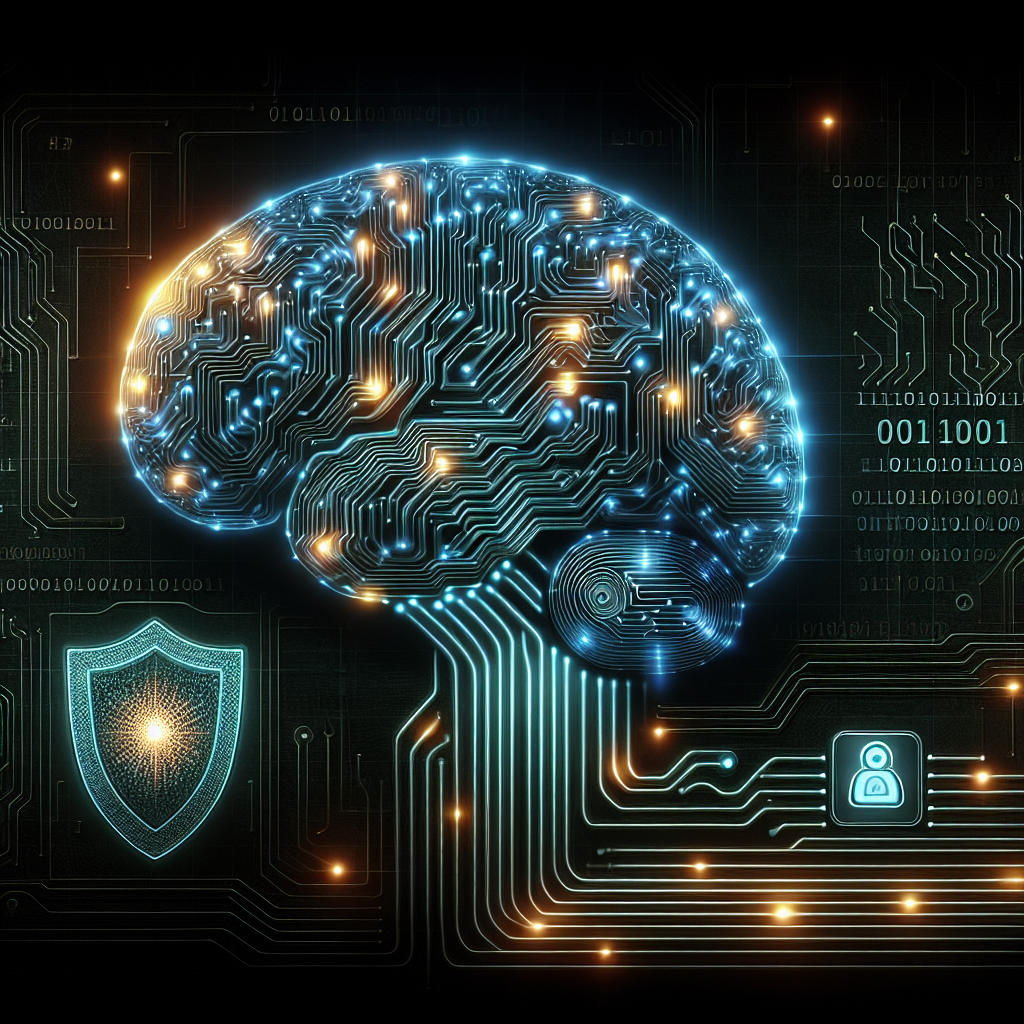In recent years, the use of artificial intelligence (AI) in cybersecurity and threat detection has become increasingly prevalent. AI technology has the potential to revolutionize the way organizations defend against cyber threats, by automating the detection and response to potential security incidents. However, the use of AI in cybersecurity also raises ethical concerns that must be addressed in order to ensure that this technology is used responsibly and in a way that respects the rights and privacy of individuals.
One of the key ethical concerns surrounding the use of AI in cybersecurity is the potential for bias in AI algorithms. AI algorithms are trained on large datasets of historical cyber threat data in order to learn to detect and respond to new threats. However, if these datasets are biased in some way, for example, if they contain more data on threats from certain regions or demographics, then the AI algorithms trained on these datasets may also be biased in their threat detection capabilities. This could lead to certain groups or individuals being unfairly targeted or discriminated against by the AI system.
Another ethical concern is the potential for AI in cybersecurity to infringe on the privacy rights of individuals. AI algorithms are often used to analyze vast amounts of data in order to detect potential security threats. This data may include personal information about individuals, such as their browsing habits, location data, or online interactions. If this data is not handled responsibly and securely, it could be misused or leaked, leading to serious privacy violations.
Additionally, the use of AI in cybersecurity raises concerns about accountability and transparency. AI algorithms are often complex and opaque, making it difficult to understand how they arrive at their conclusions. This lack of transparency can make it challenging to hold AI systems accountable for their actions, especially in cases where the AI system makes a mistake or causes harm. Furthermore, the use of AI in cybersecurity may also raise questions about who is ultimately responsible for the decisions made by these systems – the developers, the users, or the AI itself?
To address these ethical concerns, organizations that use AI in cybersecurity must adopt ethical guidelines and best practices to ensure that this technology is used responsibly. This may include ensuring that AI algorithms are trained on diverse and unbiased datasets, implementing strong data protection measures to safeguard the privacy of individuals, and promoting transparency and accountability in the use of AI systems.
Organizations must also consider the potential impact of AI in cybersecurity on society as a whole. For example, the widespread adoption of AI in cybersecurity could lead to increased automation and job displacement in the cybersecurity industry, as AI systems take over tasks that were previously performed by human analysts. This could have significant social and economic implications that must be carefully considered and addressed.
In conclusion, the use of AI in cybersecurity has the potential to significantly improve the way organizations defend against cyber threats. However, it is essential that ethical considerations are taken into account to ensure that this technology is used responsibly and in a way that respects the rights and privacy of individuals. By adopting ethical guidelines and best practices, organizations can harness the power of AI in cybersecurity while minimizing the potential risks and ensuring that this technology benefits society as a whole.
FAQs:
1. What are some examples of AI applications in cybersecurity?
Some examples of AI applications in cybersecurity include threat detection, anomaly detection, malware analysis, and automated incident response. AI technology can be used to analyze vast amounts of data in real-time in order to detect potential security threats and respond to them quickly and effectively.
2. How can organizations ensure that AI algorithms used in cybersecurity are unbiased?
Organizations can ensure that AI algorithms used in cybersecurity are unbiased by training them on diverse and representative datasets, testing them for bias regularly, and implementing fairness measures to correct any biases that are identified. It is also important to involve diverse stakeholders in the development and deployment of AI systems to ensure that different perspectives are taken into account.
3. What are some best practices for ensuring the privacy of individuals when using AI in cybersecurity?
Some best practices for ensuring the privacy of individuals when using AI in cybersecurity include implementing strong data protection measures, anonymizing data wherever possible, and limiting the collection and use of personal information to only what is necessary for cybersecurity purposes. Organizations should also be transparent with individuals about how their data is being used and give them the option to opt-out of data collection if they choose.
4. How can organizations promote transparency and accountability in the use of AI in cybersecurity?
Organizations can promote transparency and accountability in the use of AI in cybersecurity by documenting and explaining how AI algorithms work, providing clear explanations for the decisions made by AI systems, and allowing for human oversight and intervention when necessary. It is also important to establish clear lines of responsibility for the use of AI systems and to hold individuals and organizations accountable for any harm caused by these systems.
5. What are some potential social and economic implications of the widespread adoption of AI in cybersecurity?
The widespread adoption of AI in cybersecurity could lead to increased automation and job displacement in the cybersecurity industry, as AI systems take over tasks that were previously performed by human analysts. This could have significant social and economic implications, including changes in the nature of work, shifts in the labor market, and potential inequalities in access to AI technology. Organizations must carefully consider and address these implications to ensure that the benefits of AI in cybersecurity are shared equitably among all members of society.

